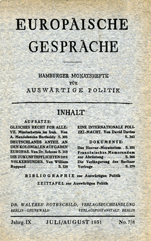

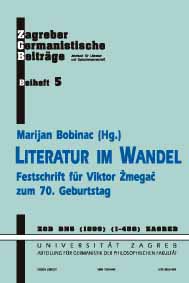
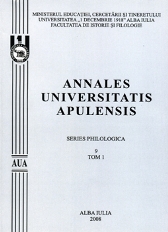
Keywords: Romanian literature; intergenerational; the crusade myth; child psychology
The work aims to bring into play the new and particularly interesting vision on children’s world, as seen by the Romanian writer Florina Ilis. The novel which has recorded numerous awards the last years, suggests a transversal analyses to the Romanian society at the beginning of the 3rd millennium, focusing on a conflict imposed by children. So, a voyage by train towards a summer camp becomes a way of initiation, of love, of war, and finally, of death. These children come from different social classes: rich children, orphan, neglected or abandoned children, Gypsy world, which is a quite appropriate background to our cosmopolite world. The media, the police, the army, the teaching staff and the parents seem to be unable for the time being to stop” the children’s crusade”, children who in fact fight for their rights and freedom. Sorcery, love, internet, television, media and politics, all of these are mixing in a fascinating text, the writer trying to depict each character inner thought. “La bataille de Posada”, where the children stop the train and prepare themselves for the battle, brings into play the eternal myths of humanity, that seem to be reborn in that context. The children’s crusade invites the reader to some reflections on the generations’ gap and on the present society facts, issues analyzed by our article emphasising the child’s psychology.
More...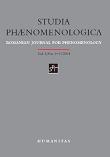
Heideggers Rezeption in Rumänien ist im wesentlichen von zwei Faktoren bestimmt. Zum einen von Heideggers Denkweg selbst, wobei die vielbeschworene „Kehre“ eine wichtige Rolle spielt, zum anderen von den gesellschaftlichen und politischen Veränderungen, die das Spektrum der rumänischen Philosophie entscheidend beeinflußt haben. Das bedeutet, daß die Heidegger-Rezeption in Rumänien sowohl synchronisch als auch diachronisch in zwei große Etappen zerfällt: vor der Kehre und nach der Kehre, bzw. vor dem Umsturz und nach dem Umsturz. Dabei versteht es sich von selbst, daß der zweite Einschnitt viel folgenreicher war. Wir werden die beiden Einschnitte nicht getrennt behandeln, da Heideggers Hinwendung zur Poesie (zumindest im Hinblick auf ihre Rezeption) zeitlich in etwa mit dem Ende des zweiten Weltkrieges, d.h. mit den tiefgreifenden historischen Veränderungen in Rumänien zusammenfällt.
More...Keywords: objects of the verb; terminology; meta-language
The lack of an exact terminological correspondence between the grammatical systems of French and Spanish when designating the objects of the verb, as well as the different interpretations of the clitics that substitute them in both languages, can cause difficulty for students in their identification and use. We will tackle the study comparing these two systems from the perspective of students learning a foreign language (L2), in order to shed light on the problems that meta-language and different theoretical approaches in the construction of a grammatical knowledge pose for students
More...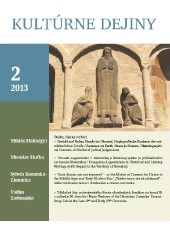
Keywords: Reviews
JESENSKÝ, Miloš. Kostol v Ludrovej. Čadca : Magma, 2012, 120 s. ISBN 978-80-89172-31-3. LENGYELOVÁ, Tünde et alii. Thurzovci a ich historický význam. Bratislava : Spoločnosť Pro Historia a Historický ústav SAV, 2012, 260 s. ISBN 978-80-89396-19-1. Kálmán Mikszáth a jeho súčasníci : regionalizmus v kontexte literatúry stredoeurópskych národov na konci 19. storočia / Mikszáth Kálmán és kortársai : Regionalizmus a 19. század végén a közép-európai irodalmak kontextusában. Zborník príspevkov medzinárodnej vedeckej konferencie konanej pri príležitosti 100. výročia úmrtia Kálmána Mikszátha dňa 21. mája 2010 v Bratislave v Slovenskom národnom múzeu – Múzeu kultúry Maďarov na Slovensku. Ed. Szilvia Sipos. Bratislava : SNM – Múzeum kultúry Maďarov na Slovensku, Občianske združenie Tradície a hodnoty, 2011, 190 s. ISBN 978-80-970580-3-6. Dejiny knižnej kultúry v Košiciach do roku 1945. Bibliografia. Košice : Štátna vedecká knižnica, 2012, 319 s. ISBN 978-80-85328-64-6. MALÍŘ, Jiří et alii. Biografický slovník poslanců moravského zemského sněmu v letech 1861 – 1918. 1. vyd. Brno : Centrum pro studium demokracie a kultury, 2012. 887 s. ISBN 978-80-7325-272-4.
More...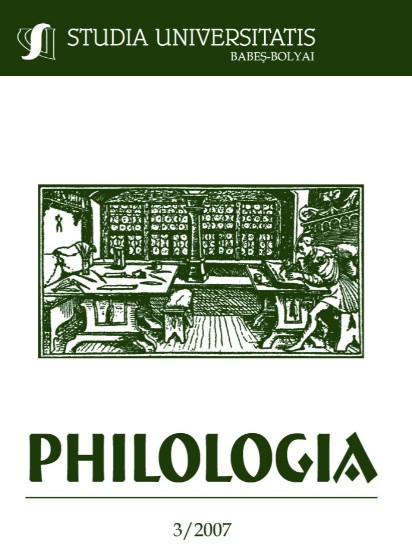
Corneille’s Horace can be seen as a reinterpretation in disguise of Greek tragedies about Orestis, in a French 17th century when it was tacitly forbidden to translate or to adapt these very tragedies. The article analyses the use Corneille makes of similarities between the two subjects in order to get beyond the Ancient’s stand on three distinct issues: the hero’s moral reaction to his heroic crime, the hero’s interaction with the divine will and the hero’s trial.
More...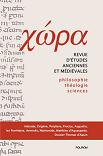
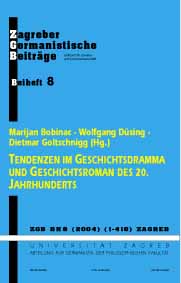
Franz Bleis historische Biographie des französischen Staatsmanns Talleyrand zeichnet sich (wie schon frühere Werke des Autors) durch eine hohe geschichtsphilosophische Reflexivität aus. 1932, nach rund zehnjähriger Entstehungszeit, übt das Werk Kritik an der Politik im Allgemeinen und am Krieg im Besonderen. Insbesondere kann der Text, den Blei selbst als "Testamentum spirituale" für die Deutschen bezeichnet hat, als Warnung vor dem zunehmenden Nationalsozialismus aufgefasst werden.
More...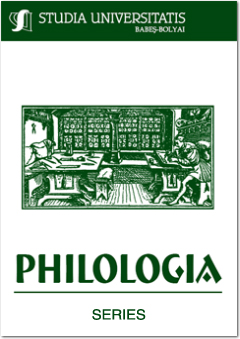
Keywords: intertextuality; polyphonic novel; individualism; freedom.
L’intertextualité en tant qu’indice polyphonique: Mori Ōgai, Seinen (Le jeune homme), 1910 / Intertextuality as an Index of Polyphony: Mori Ōgai’s Seinen (Youth), 1910. Considering Mori Ōgai’s novel Seinen as the writing of an intellectual “adventure” and, simultaneously, as the “adventure” of a writing oriented towards self-representation, this study proposes an analysis from the perspective of the functions of intertextuality, manifested not only at the level of the poetic language and the creation of meaning, but also at that of its reception. The study also seeks to demonstrate that in the aforementioned writing, intertextuality triggers the narrative function, which consists of two movements: one given by the writing of a text that exists at the intersection with other texts and another one which builds the subject of the narrative by invoking ideas rather than actions.
More...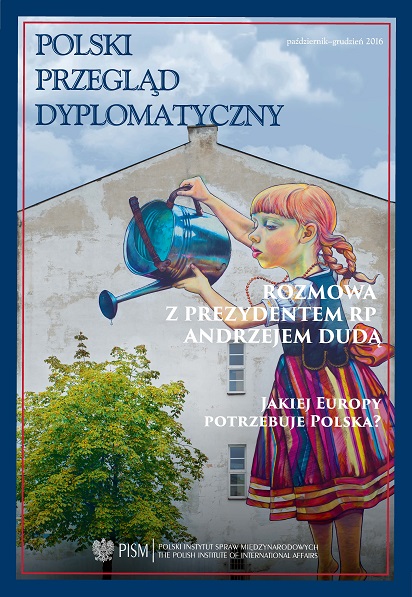
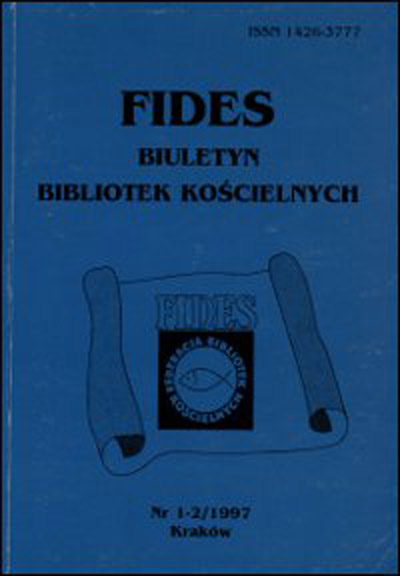
Archiwa i biblioteki kościelne zawierają lub zawierały nieprzebrane bogactwo kultury narodowej w postaci dzieł naukowych, literackich, książki religijnej, druków urzędowych itp. a także przechowują, lub przechowywały dokumenty o znaczeniu światowym. Instytucje te były opisywane i analizowane w licznych pracach, rejestrowanych przez bibliografów.
More...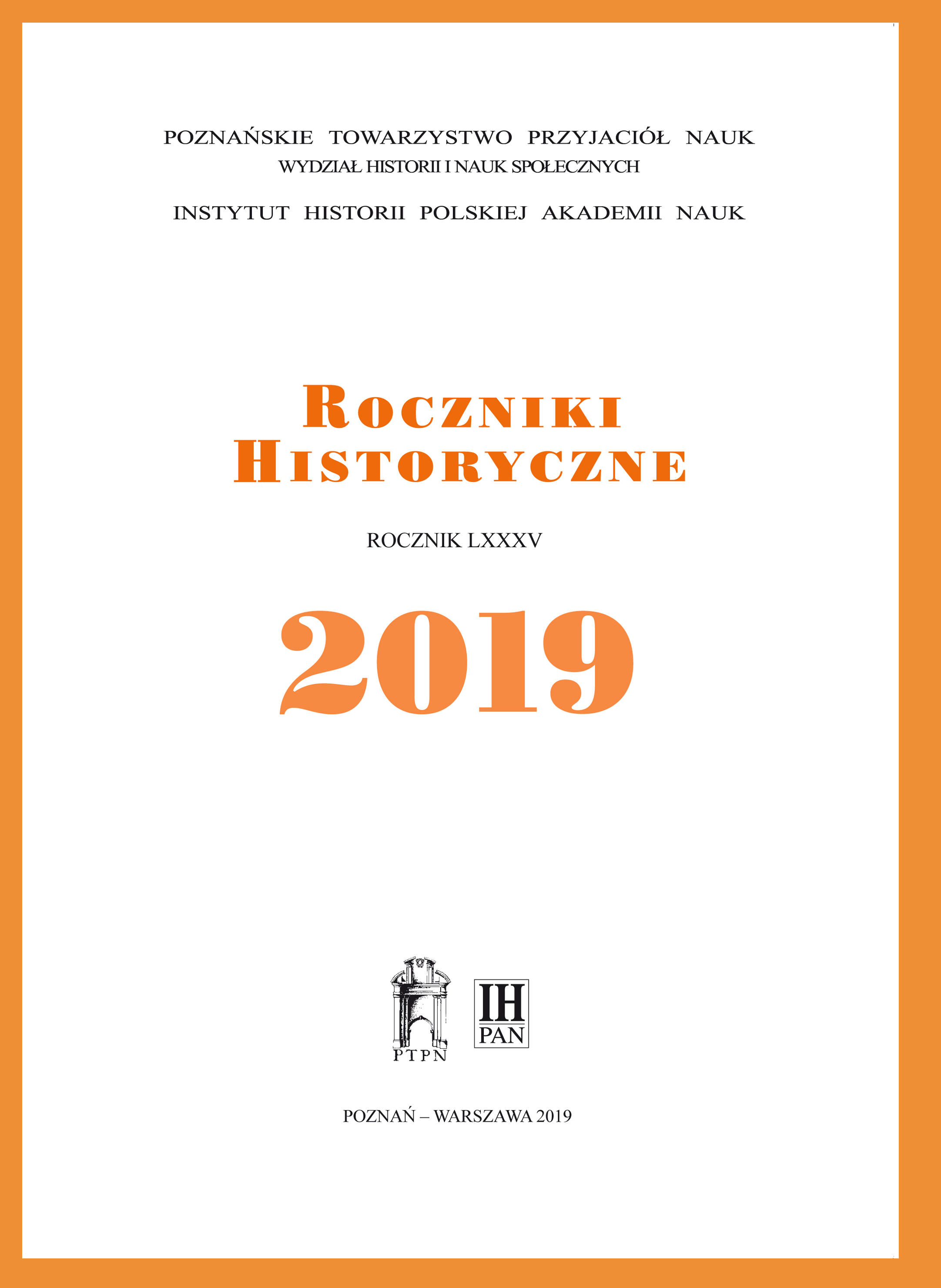
Keywords: ordinations; clergy; Prussian dioceses; Late Middle Ages; Prussia;
The purpose of the paper is to analyse the question of clergy ordinations in Prussian dioceses in the Late Middle Ages (14th – 1st half of 16th c.). The conditions for ordination and its procedure are discussed, as well as the documentation related to it. The second part of the paper contains an analysis of the only known listing of the ordained from the area of Prussia, coming from the Pomezanian diocese and dated to 1480-1481. Its edition is included, along some other sources related to ordinations.
More...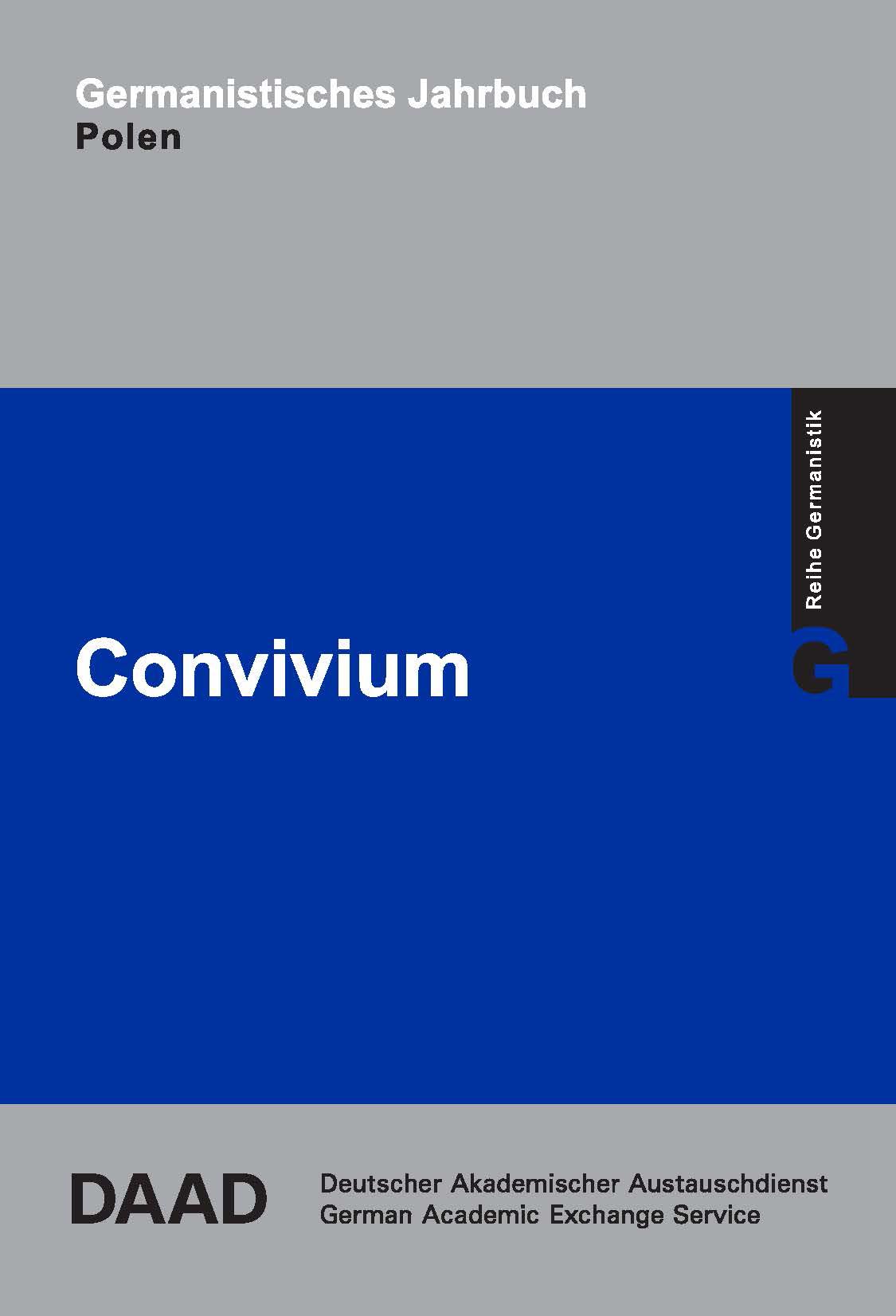
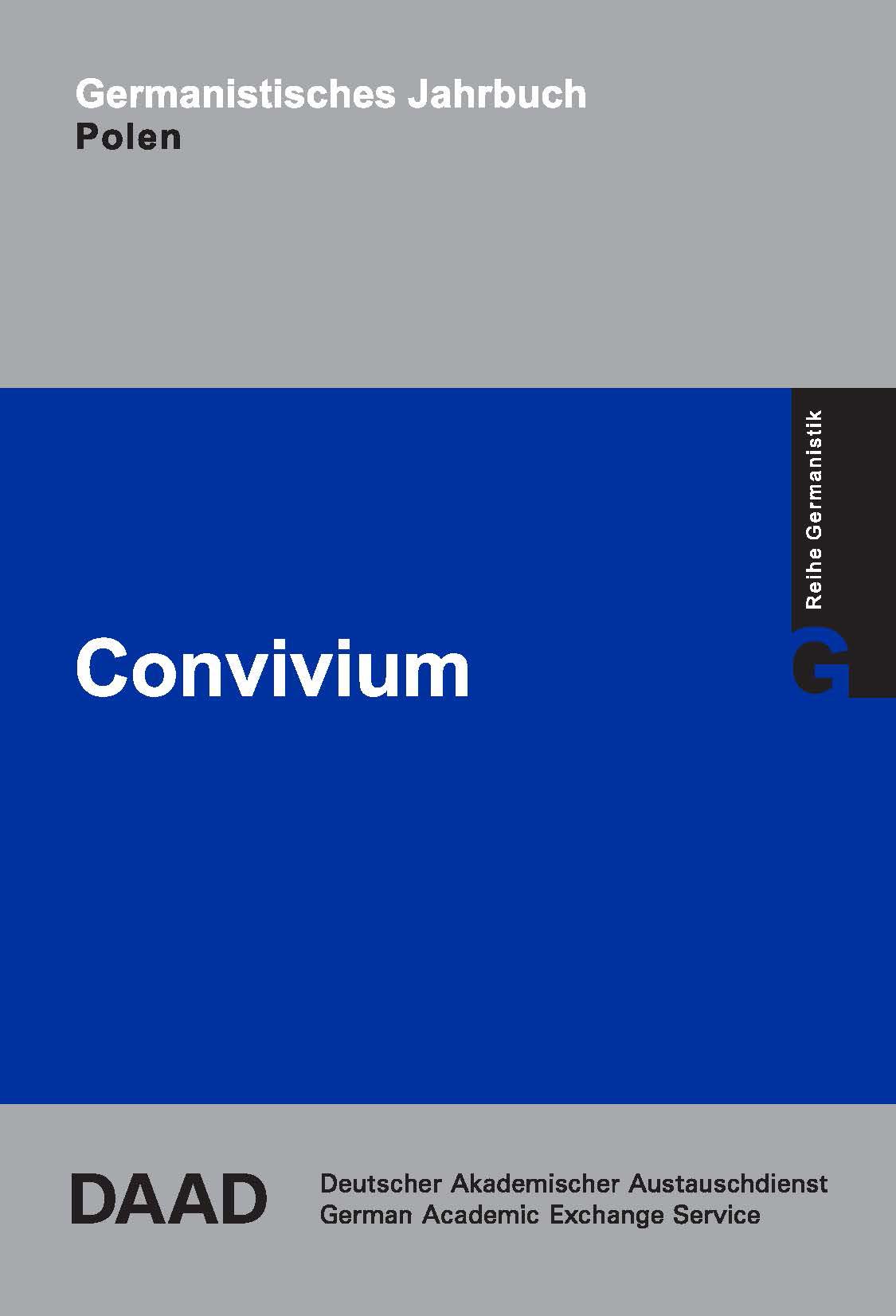
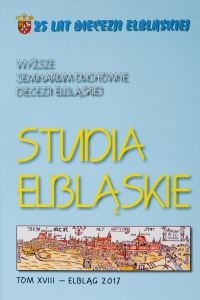
Keywords: Andreas Hildebrandt; The Organ; organbuilder; Elblag
Spent in Elbląg and its neighbourhood from 1711 to 1725 was important and relatively inexperienced in the current literature period for the activity of the Gdańsk organist AndreasHildebrandt workshop. The instruments created in and around Elbląg in this period offered Hildebrandt not only the opportunity to experiment on new tonal and technical concepts but also constituted an important reference, which seems to have contributed to the reputation of the workshop and opened the way for subsequent large orders in Gdańsk. The article contains information about newly built, rebuilt or attributed to Hildebrandt instruments in Elbląg (churches of St. Nicholas’, St. Mary’s and Corpus Christi), Przezmark (church of the Exaltation of the Holy Cross), Pasłęk (St. Barthelemew), Skowrony (church of the Assumption of Mary), Jelonki (church of the Sacred Heart).
More...Starting from the 13th century at the latest, the textiles meant for long-distance trade were marked with leaden seals indicating the site of production, quality of the cloth, distributing merchant, etc. Whereas the initial product – woven cloth – normally does not allow to pinpoint the exact place of production or has not survived at all, these small artefacts are well-suited to reconstruct, among other things, the late medieval and early modern trade connections and consumption patterns. However, whilst the archaeological study of cloth seals began in western Europe already more than 40 years ago, there are still numerous items and even groups of seals that are until today either unidentified or have not been handled at all. The present paper discusses one distinctive category of leaden cloth seals that were recently ascertained as quality marks of the well-known medieval and early modern Flemish textile production centre Comines (Dutch: Komen). Alongside the finds, we also give an in-depth overview of the historical background of Comines’ cloth production and trade during the 14th and 15th centuries. As of 2022, only eleven cloth seals of Comines are known to the authors but publishing this corpus will help to change the situation in the future. As the collected data shows, these finds can be expected from both rural and urban sites.
More...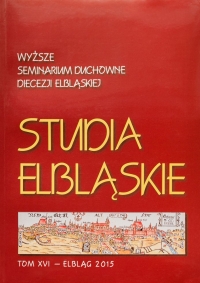
Keywords: Elblag; church choirs; singing societies; Cecilien movement; trombone choirs; Protestant church
The subject of the article are church choirs and confessional choir societies that were active in Elbląg between 1871–1945. The timeframes set in the article are founding of the choir of St. Mary’s Church that was the first church choir in Elbląg and end of the second world war, as consequence of which Elbląg became a Polish city. As in the period of time considered in the article, most Elbląg inhabitants were Protestant and so was the majorityof Elbląg churches except for St. Nicholas Church and – not consecrated till 1905 though – St. Adalbert’s Church, the only catholic choir society was Cecilien-Society. The article presents history, activity and repertoire of all choirs. There are also Elbląg trombone choirs as a phenomenon typical for the Protestant Church mentioned.
More...